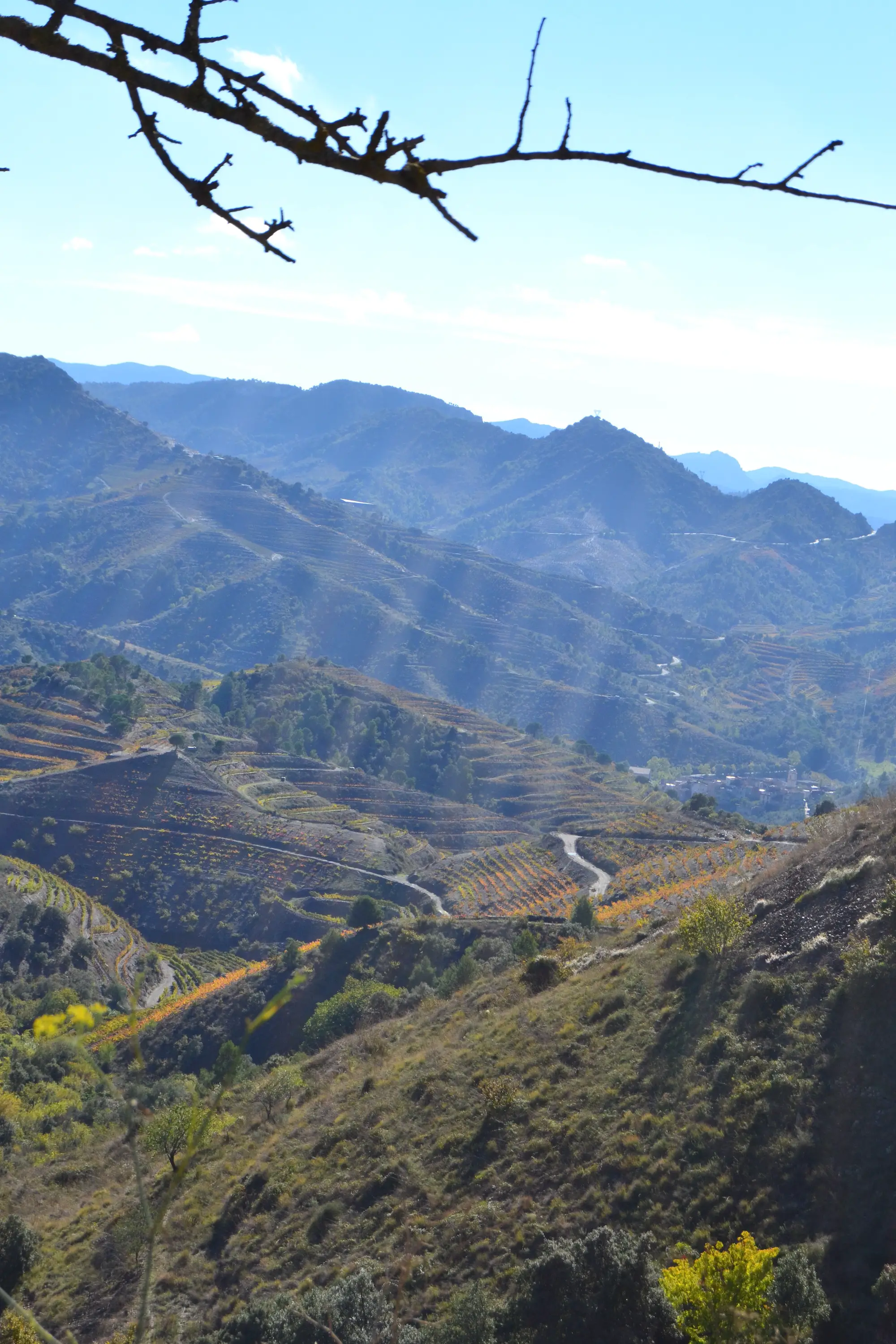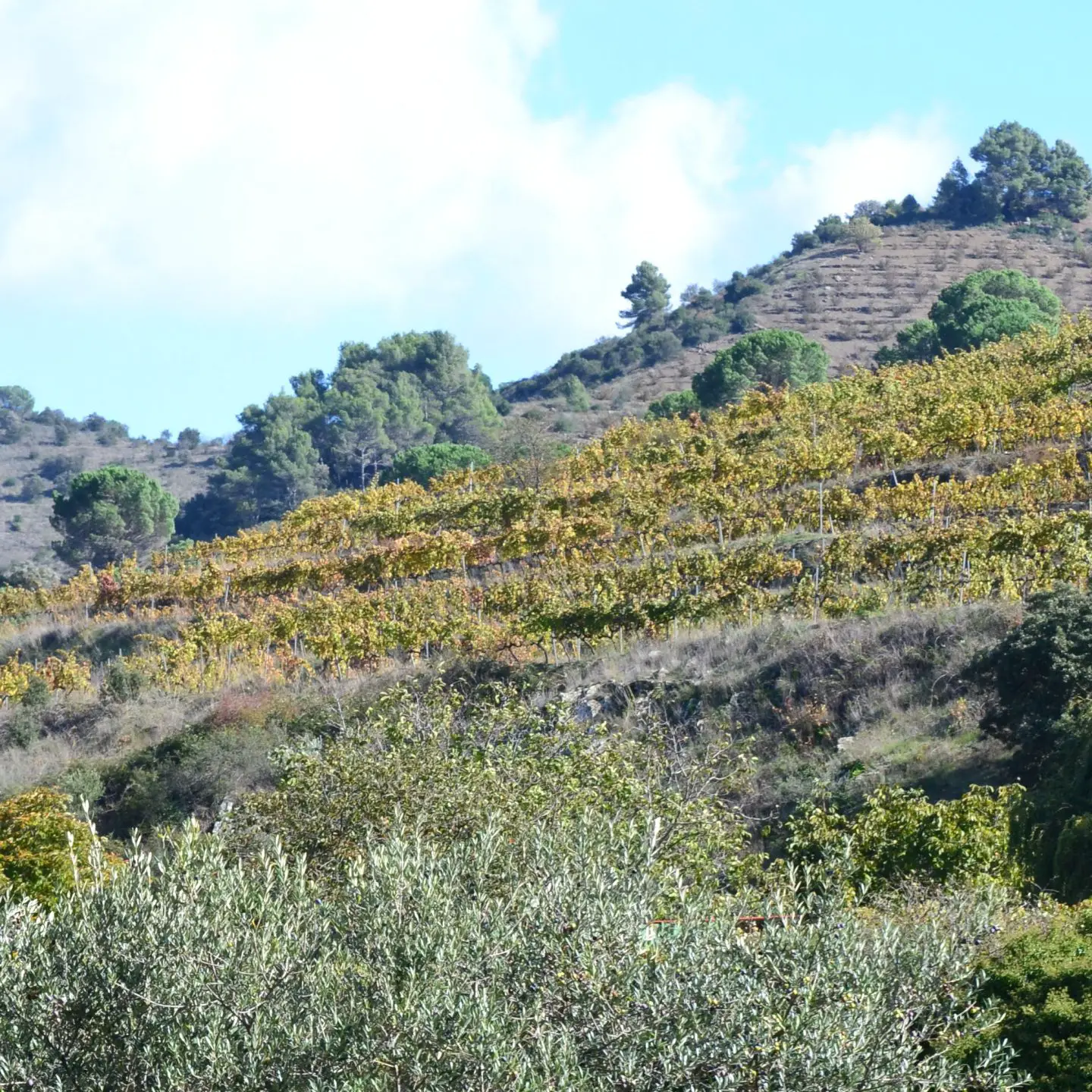Much more than Rioja, Spain’s wine regions have evolved a lot in recent years. Although Spain is one of the largest wine producers in the world, most wine lovers know only about Tempranillo and Rioja. In this article, we will cover some of the most outstanding recent developments, like Priorat, but also other wine regions that deserve the attention of any wine aficionado
For decades, some of Spain´s top wine regions have introduced radical changes in their wines and recovered grapes that had been neglected. These years of hard work and determination are paying back now, though for most wine drinkers, Spain is still a lot about Tempranillo.
Before we cover some of the most amazing regions, let´s first explain why so little is known about Spain´s wine reality. To a large extent, it has to do with a lack of marketing and a focus on its own consumers.
Spaniards do not drink lots of wine today, but they used to be amongst the world´s top wine consumers. For many locals, wine was part of their daily routine. Food and wine went together.
Producers focused on these consumers and often did not look further. A few exceptions happened, amongst them Rioja. Rioja had learned from Bordeaux about winemaking, and their wines became very successful. Other Spanish wine regions paid attention to what Rioja was doing and simply copied their “brother”. That turned out to be a mistake in the long turn.
Things have changed a lot in recent decades and all regions eagerly produce and promote what makes them different. Spain´s geography makes it easy to have very different wines. A continent almost in itself, different climates are found in the country, as well as different grape varieties and terrains.
Let´s take for instance the example of Priorat in Catalunya. This wine region had been neglected for centuries. The efforts of a few winemakers that knew this region could produce amazing wines paid off and Priorat is today one of Spain´s most exclusive wine regions. Its wines are today very expensive, and many other regions tried to follow the example: landscape and local grapes make the difference this time!

Let´s cover some of the most attractive examples.
Toro: The wines from Toro were very popular in the middle ages. A city like Seville only accepted wines from Toro in the 14th century! Toro produces full-bodied red wines and some very important names have launched projects in the region. It is located 200 kilometers northeast of Madrid, near the Duero river. Toro is a typical Castilian town. Its plaza is full of restaurants and its most famous monument, the Colegiata, receives visitors from all over Castilla. Toro played a very important role in the history of Castilla, though most of that glorious past can only be hinted today in its stones. Wine production has put Toro on the map again, and some wine hotels have contributed to revitalizing the area with wine tourism projects and tour.
Bierzo. Bierzo is also located in Castilla Leon, very close to Galicia. The weather here becomes Atlantic, a perfect place for Mencia, a local red grape that produces very elegant wines with higher acidity than we normally find in Spanish red wines. Cacabelos is the main town in The Comarca del Bierzo. It is a pretty market town with a statue of grape pickers in its plaza. Vilafranca del Bierzo (an important stop of El Camino de Santiago) is the other important town in Bierzo- It boasts a fair amount of monumental architecture due to its relationship with El Camino. Ponferrada is the capital of this region in Leon, though Ponferrada is less known for wine. It holds however a fantastic castle, worth visiting during a wine tour in the area.
Priorat: This historic region in Tarragona (Catalonia) was literally rescued by young and dynamic winemakers. These wines are different thanks to the landscape: vines are planted in almost impossible plots and slate is present everywhere. The only bad thing about the wines from Priorat is their prices. They have skyrocketed in recent times, especially due to the high rankings granted by US critics. Priorat is located 2 hours drive south of Barcelona. The region hosts today a good number of guides that specialise in Priorat wine tours that typically would depart from Barcelona. Priorat is the only DOQ in Spain (besides Rioja) There are 11 villages in the Priorat wine region and both the Siurana river (a tributary of the Ebro river) and the enormous bedrock of this natural park are the main contributors to the fine wines produced in Priorat.
Ribera Sacra. This region in Galicia offers also dramatic landscapes. The weather here is influenced by the Atlantic ocean, and red wines are made with Mencia. Quality is increasing and we believe in a few years much more will be spoken of the wines from this region. Ribera Sacra is not far from the Camino de Santiago trail.
Jumilla and Yecla. These 2 wine regions in Murcia, eastern Spain enjoy the Mediterranean heat and were traditionally known for producing strong red wines. Technology has brought an immense change to the wines in these regions. And more subtility co-exists today with the power of these wines. How did they do it? Monastrell, the local grape here was traditionally used to produce colorful red wines in bulk. Longer macerations, a strict control of fermentation temperature, and the use of new oak barrels brought lots of surprises….
Ribera del Guadiana. We are pretty sure you have not heard about Ribera del Guadiana. This region in La Mancha produces some of the finest wines in Southern Spain. The wine region takes its name from the river Guadiana which forms the border with Portugal before it ends in the ocean. A few bodegas decided to change how things were made here some decades ago, and other bodegas and winemakers also followed. Soils are fertile thanks to the Guadiana river and local grapes co-exist with tempranillo (known as cencibel here)
We trust you have found this list of Spanish wine regions interesting. There are many more to be enjoyed and discovered throughout Spain. Wine tourism in the country offers one of the best ways to enjoy landscapes far from the main cities, and to enjoy the “real Spain”. You can learn more about Spanish wines in different publications like Decanter or the Spanish wine board.
